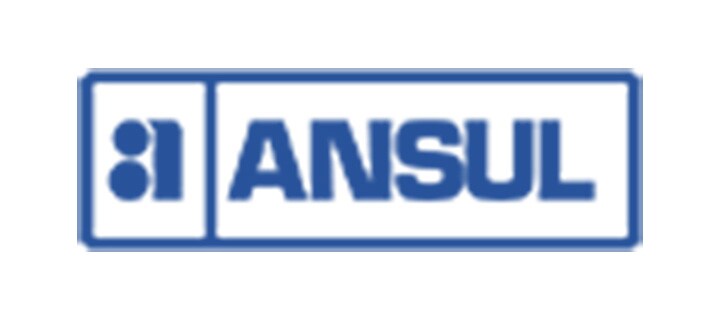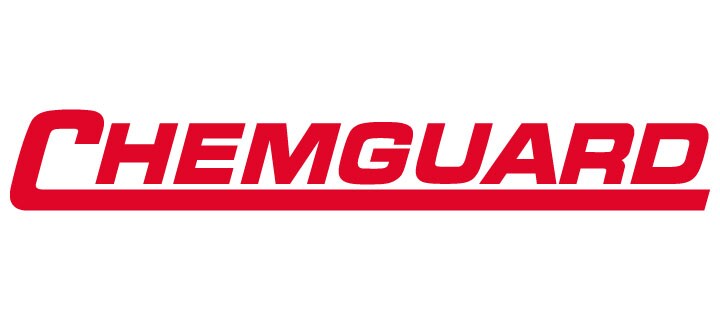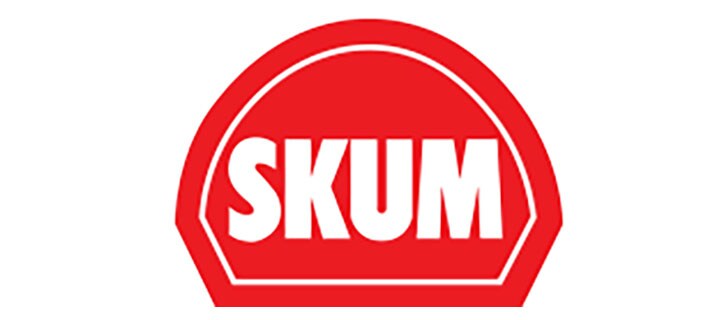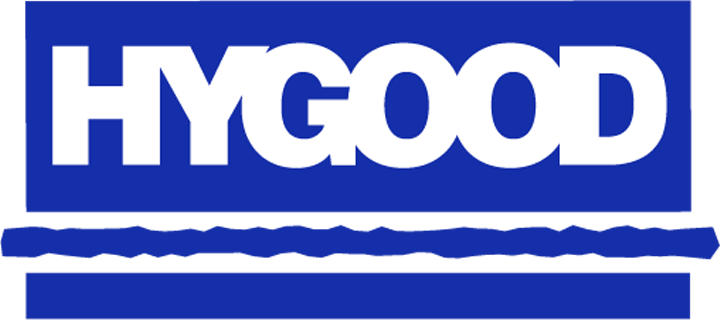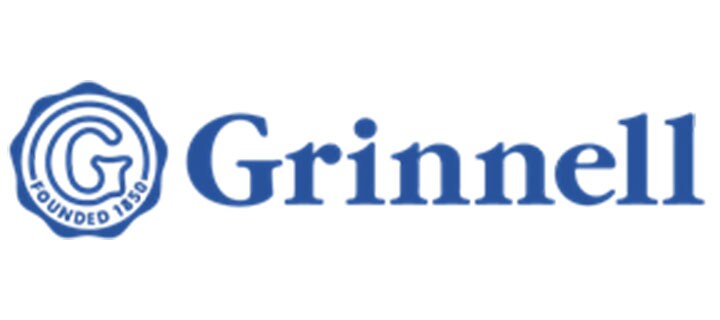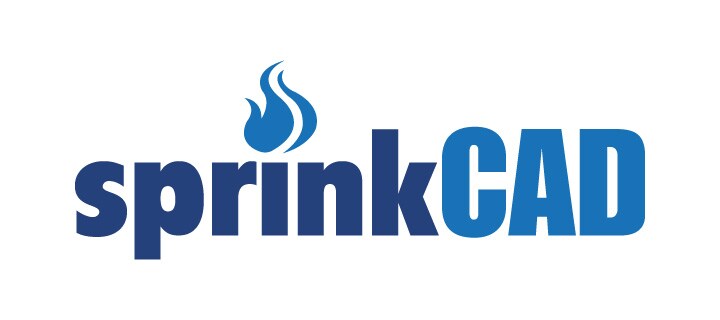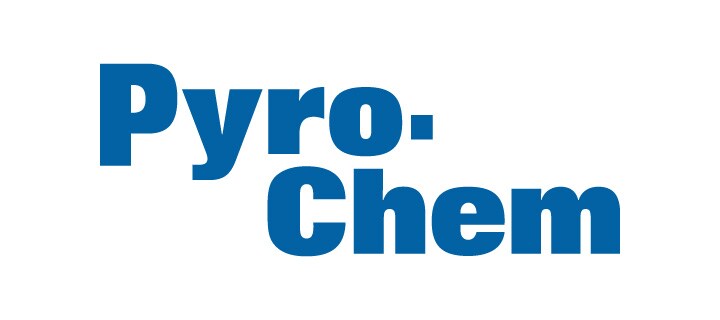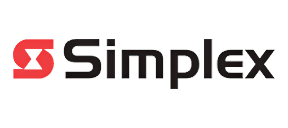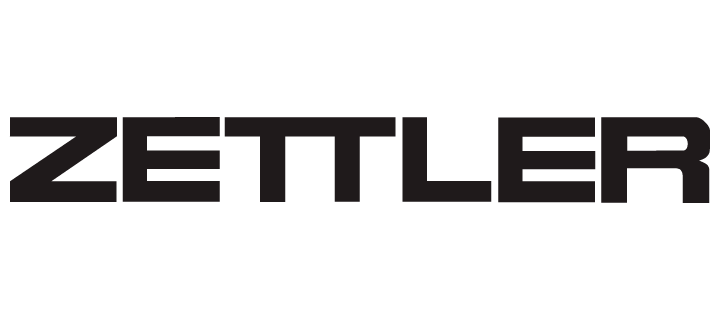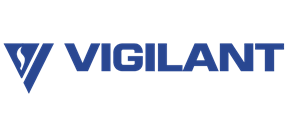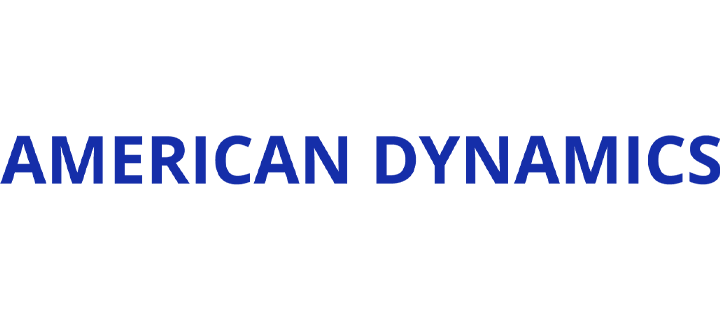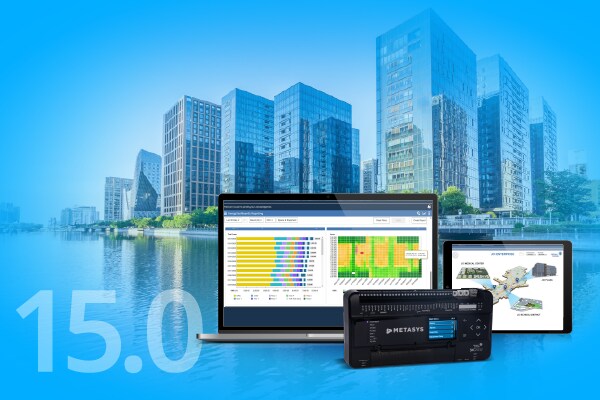- Johnson Controls
- Insights
- Smart Buildings, Smarter Insights: Discover Hidden Value Beyond the Obvious
Smart Buildings, Smarter Insights: Discover Hidden Value Beyond the Obvious
Vineet Sinha, Vice President of Digital Enterprise SaaS and Customer Experience at Johnson Controls, was recently spotlighted in Facilities Dive magazine, where he discussed how organisations can better communicate the wide-ranging benefits of building automation systems. By doing so, they can present a more comprehensive and compelling case for return on investment.
Facilities Dive is a specialised online publication that delivers in-depth journalism and insights focused on the facilities management industry. It covers a wide range of topics including:
- Technology and smart building solutions
- Sustainability and energy efficiency
- Health & safety
- Security
- Property and workplace management
Start your journey with Johnson Controls today and discover how straightforward it can be to monitor key performance indicators when building a strong business case for investing in Smart Building Technologies.
Read the Article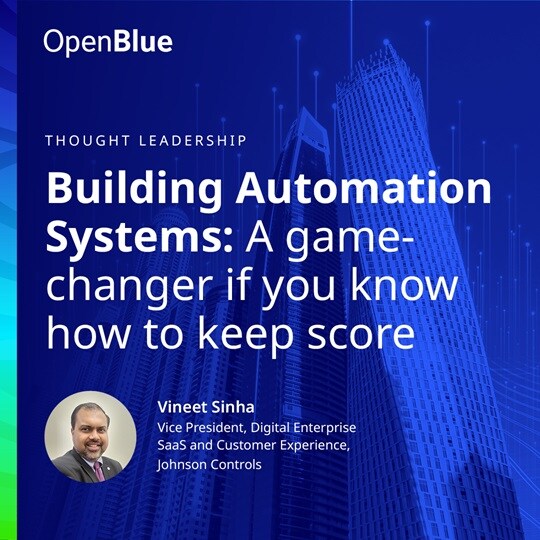
In the wake of the COVID-19 pandemic, many organisations set their sights on becoming more resilient and forward-thinking, turning to smart building technologies as a key enabler of that vision.
However, in today’s challenging economic climate, securing executive buy-in for such investments has become more difficult. Despite this, smart building solutions offer a wealth of benefits - from cost savings and space efficiency to sustainability gains and enhanced operational performance. To build a compelling case, internal advocates must clearly demonstrate the broader organisational value these technologies can deliver.
Smart building and workplace management systems can help reduce energy consumption and make better use of space. Yet, many businesses initially adopt these tools to solve a single issue - such as improving indoor air quality (IAQ). While this is a valuable starting point, it often leaves additional benefits untapped. For example, monitoring IAQ not only supports employee health and reduces absenteeism, but can also flag early signs of equipment inefficiency, helping to cut energy waste, lower emissions, and extend asset life.
Leaders who recognise the potential of applying smart building technologies across multiple use cases, and who can effectively measure and communicate that impact are better positioned to drive adoption and align these solutions with strategic business goals. While energy savings are often the first metric considered, the benefits extend further. For instance, cutting energy use by 1.3 million kWh could save almost £125,800 and reduce carbon emissions by 873 tonnes of CO₂ equivalent. These savings become even more significant as the cost of carbon offsets continues to rise.
Environmental compliance is another key consideration. Fines and penalties linked to building performance standards and reporting requirements can significantly affect a property’s net operating income.
The UK government, through the Department for Energy Security and Net Zero, provides carbon values that are used in cost-benefit analyses of policies and projects. These values are part of the HM Treasury’s Green Book guidance and are intended to reflect the economic cost of greenhouse gas emissions. They include:
- Traded carbon values, based on market prices (e.g. from the UK Emissions Trading Scheme).
- Non-traded carbon values, used for sectors not covered by trading schemes.
- Shadow price of carbon, which estimates the long-term damage costs of emissions and is conceptually similar to the U.S. social cost of carbon.
These values are regularly updated to reflect the latest evidence and are used to ensure that environmental impacts are properly accounted for in public decision-making.
While Building Automation Systems can drive improvements across a range of performance indicators, quantifying their full impact can be complex. That’s why it’s essential to work with a partner that offers a robust framework for tracking and reporting these metrics. Our solutions provide full visibility into the positive outcomes of your systems - directly within the platform - eliminating the need for manual data gathering and analysis.
By identifying, measuring, and clearly communicating the full spectrum of benefits, internal champions can build a rock-solid business case for future investments in smart building technologies and automation.
Take the first step with us today and discover how easy it can be to track the metrics that matter when making the case for smart building investment.



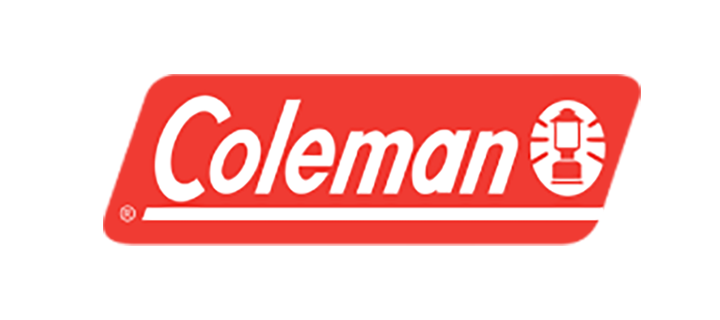

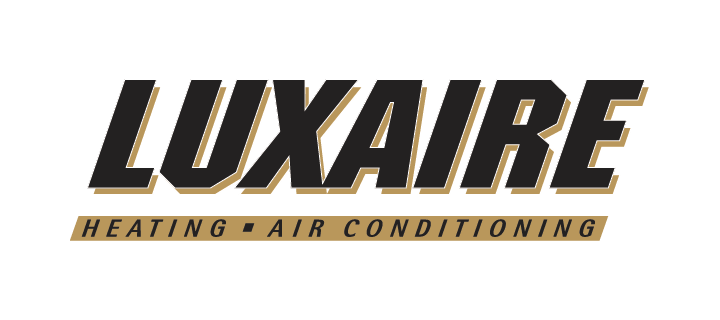


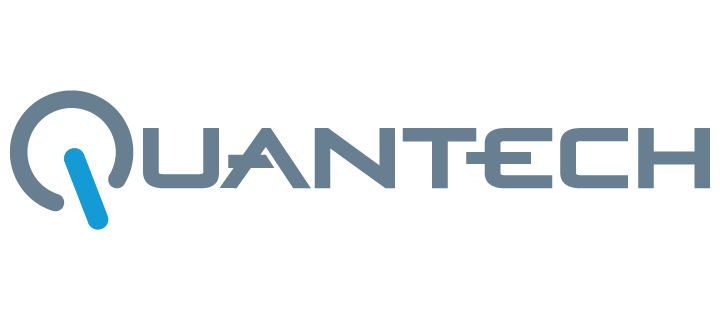
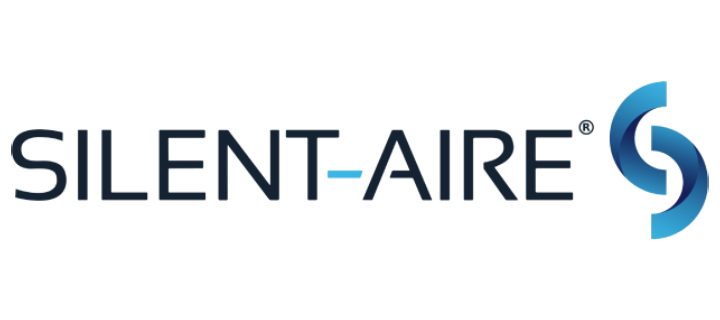
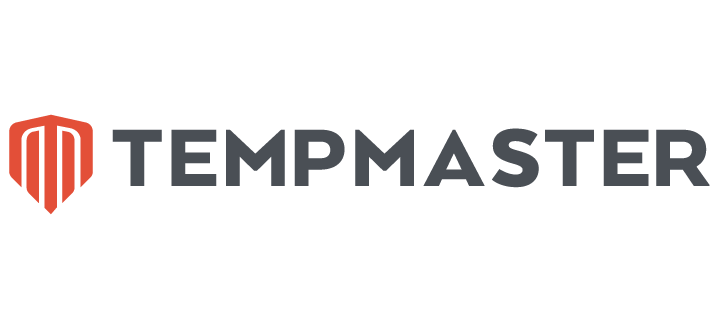

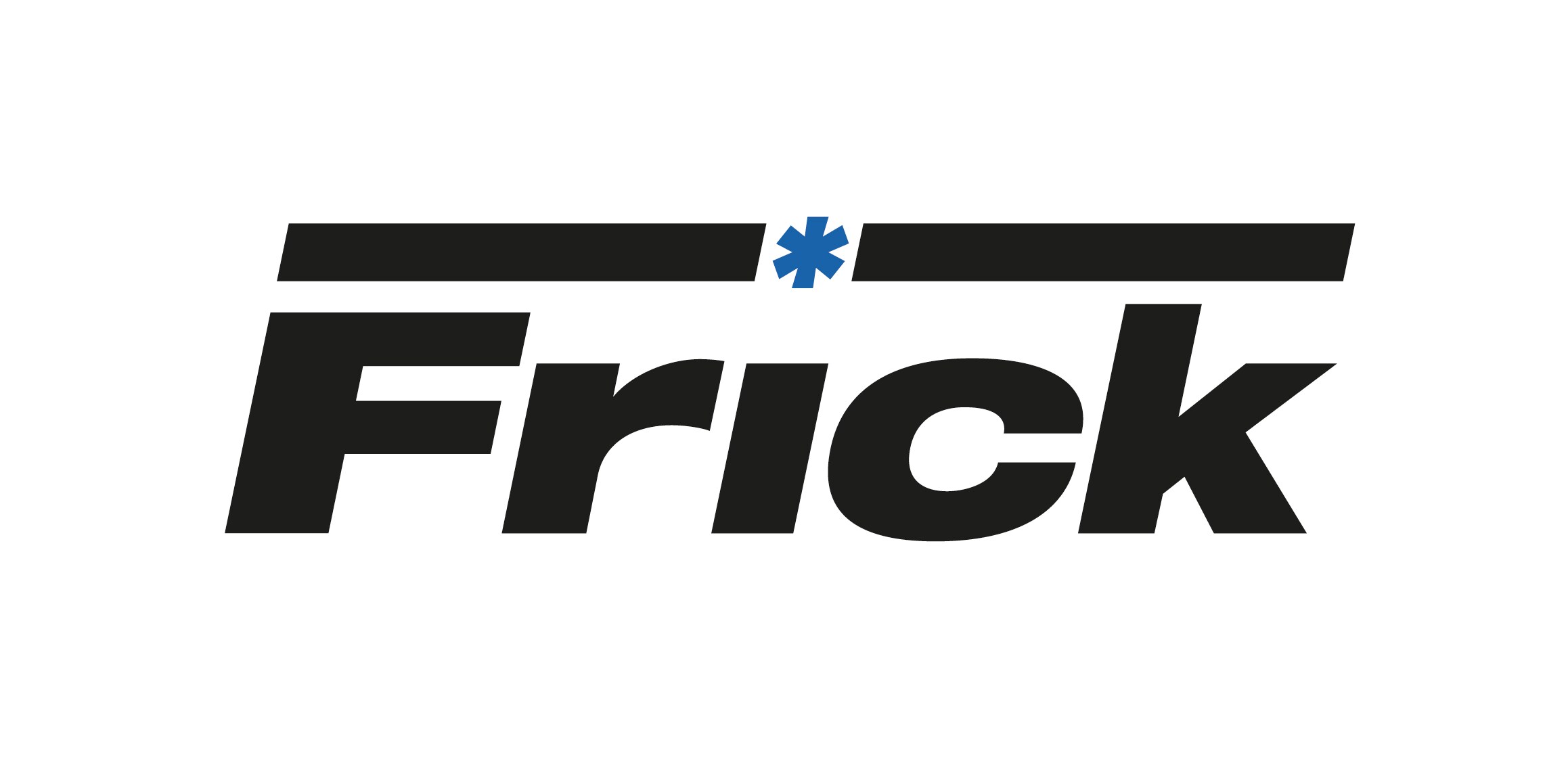
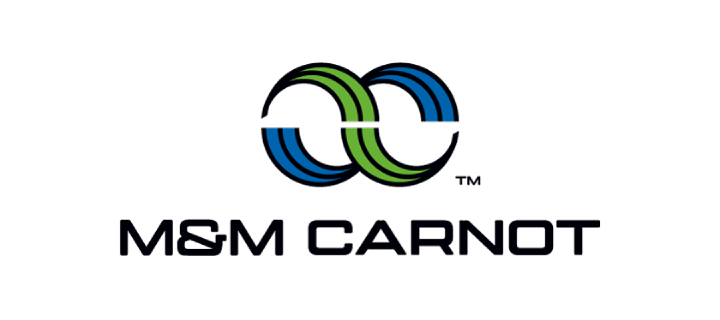
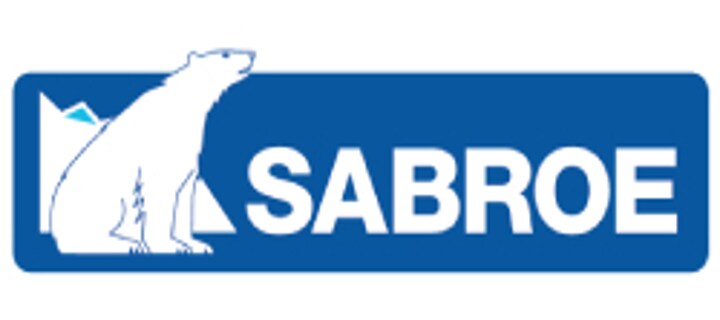

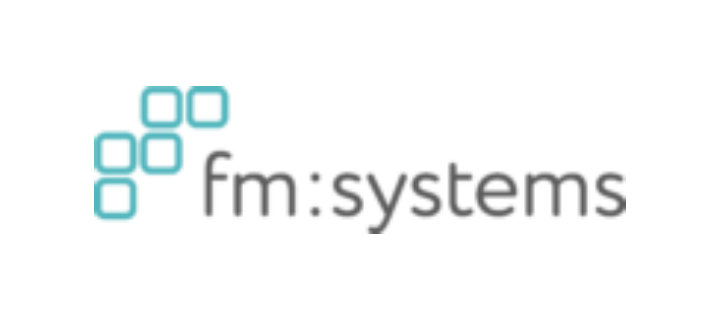


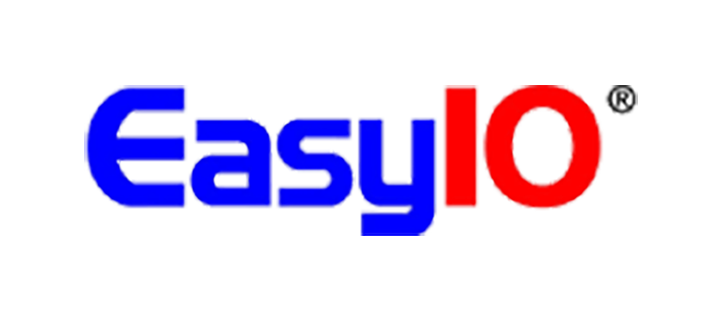
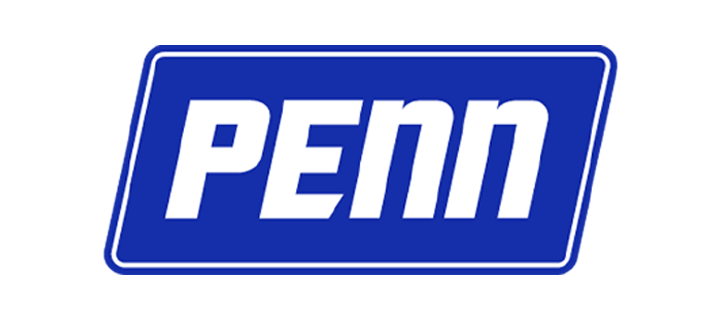

.jpg?la=en&h=320&w=720&hash=244C75B74F0F77521D56164450973BCD)
